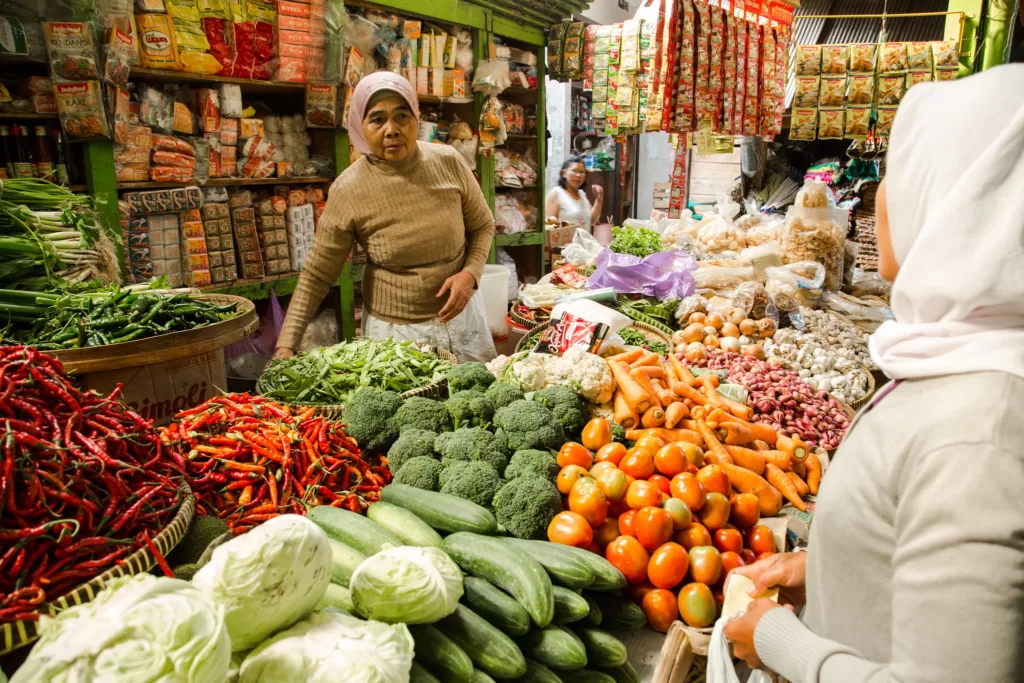The first 1,000 days of a child's life is among their most important, but a huge number of Australian parents are struggling to make ends meet.
 The cost of living crisis will have a deep impact on children whose families are struggling to make ends meet. : Brittani Burns, Unsplash Unsplash licence
The cost of living crisis will have a deep impact on children whose families are struggling to make ends meet. : Brittani Burns, Unsplash Unsplash licence
The first 1,000 days of a child’s life is among their most important, but a huge number of Australian parents are struggling to make ends meet.
If our children grow up poor, we’re a poorer nation.
Financial stress is biting Australian families hard as the cost of living crisis deepens and that has a detrimental effect on children.
From June 2020 to March 2024, 71 percent of the 8,943 families with children under five surveyed by the Melbourne Institute had difficulty paying for essential goods and services or were only “making ends meet”. This was 2 percent higher than families with older children and 5 percent higher than those without children.
One of the reasons for financial hardships being more pronounced for families with children aged under five years is that the arrival of a child substantially impacts household finances.
In our recent study, we looked at the relationship between household income and poverty when a family in Australia has their first baby. Using 20 years of information, we followed almost 1,000 parents over nine years, from the lead-up to having a baby and the five years afterward.
We found that, around the first child’s birth, household income drops by an average of 18 percent for two-parent households and about 27 percent for one-parent households.
Around two in five households stayed or moved into poverty following the arrival of their first child. Again, this was much higher for one-parent households, where half stayed or moved into poverty, compared with a quarter of two-parent households.
Then we wondered whether the government’s family payments help mitigate poverty around the birth of the first child. The short answer is yes, they substantially reduce poverty by about half. However, despite the reduction, around one in three sole parents and one in 10 parents in dual-caregiver households are left to raise their children in poverty.
The income supplements during the COVID-19 pandemic also had a huge impact on poverty, reducing it from 19 percent to 14 percent in only three months before subsidies were removed and poverty rebounded. These precedents show the power of policy and how it could be doing more.
Money matters for children’s health and development. This is especially the case in the first 1,000 days of life, a sensitive developmental period that lays the foundations for health and opportunity.
Studies have shown that increasing household income helps children’s cognitive, social-behavioural development and health, while low income or poverty in early childhood can have wide-ranging, long-lasting negative consequences.
The Royal Children’s Hospital National Child Health Poll is Australia’s only representative survey of families to have recently measured “material deprivation”, which is when a household is unable to afford one or more items that are essential for health, such as food, utilities, rent/mortgage repayments and healthcare.
Data (made available to the author and currently under review) shows that deprivation increased from 29 percent in June 2020 to 35 percent in April 2023. Food and utilities were the most commonly missed items and food insecurity increased the most, from 17 percent to 24 percent over the three years.
As with the Melbourne Institute’s survey, deprivation was higher for sole caregivers than multi-caregiver households (54 percent compared with 28 percent in 2023) and for families with children aged 0-4 years (46 percent in 2023), compared with primary and high-school-aged children (both 34 percent).
Cost of living and financial hardship can be addressed through policy.
Trialling income supplements for families with young children is a head-on prevention strategy, while families experiencing financial hardship could be identified and connected to wellbeing services using existing universal early years services as an early intervention approach.
Beyond that, financial hardship (such as poverty, deprivation and financial stress) can be better measured to have its impacts more comprehensively charted — such as annual measurement in Australia’s wellbeing budget and associated framework.
Doing so would enable Australia’s government services and programs to gauge how policy decisions reduce financial hardship and give them more information to form a response.
But no single response will comprehensively wipe out financial hardship on Australian families with young children. Australia could learn from the experience of the European Commission and adopt a “Childhood Guarantee” that ensures every child at risk of financial hardship has access to the most basic rights.
A child’s future is not dictated solely by their early family environments, but it plays a pivotal role in shaping it. Beyond the important individual and family benefits, research shows tackling the drivers of early adversity like poverty can help wider society in the long-term as it reduces the strain on rehabilitation programs, tuition subsidies and expenditure on police.
Addressing the cost-of-living crisis and the ensuing financial hardship for families with young children offers an opportunity to invest in our collective future.
Dr Ana Gamarra Rondinel is a Research Fellow at the Melbourne Institute of Applied Economic and Social Research at theUniversity of Melbourne. She is also a Research Fellow at the ARC Centre of Excellence for Children and Families over the Life Course.
Dr Anna MH Price is a Senior Research Fellow and the Child Health Equity Scholar at the Centre for Community Child Health, Murdoch Children’s Research Institute, Royal Children’s Hospital, as well as an Honorary with the Department of Paediatrics at the University of Melbourne.
Dr Price’s research was supported by The Erdi Foundation Child Health Equity (COVID-19) scholarship and the Murdoch Children’s Research Institute.
Originally published under Creative Commons by 360info™.














